Idaho and Utah (Explore the 6 Big Differences!)

Idaho and Utah are neighboring states in the western region of the United States.
Despite sharing a border, these two states have distinct differences that set them apart from each other.
Geography of Idaho and Utah
When it comes to exploring the great outdoors, both Idaho and Utah have plenty of options.
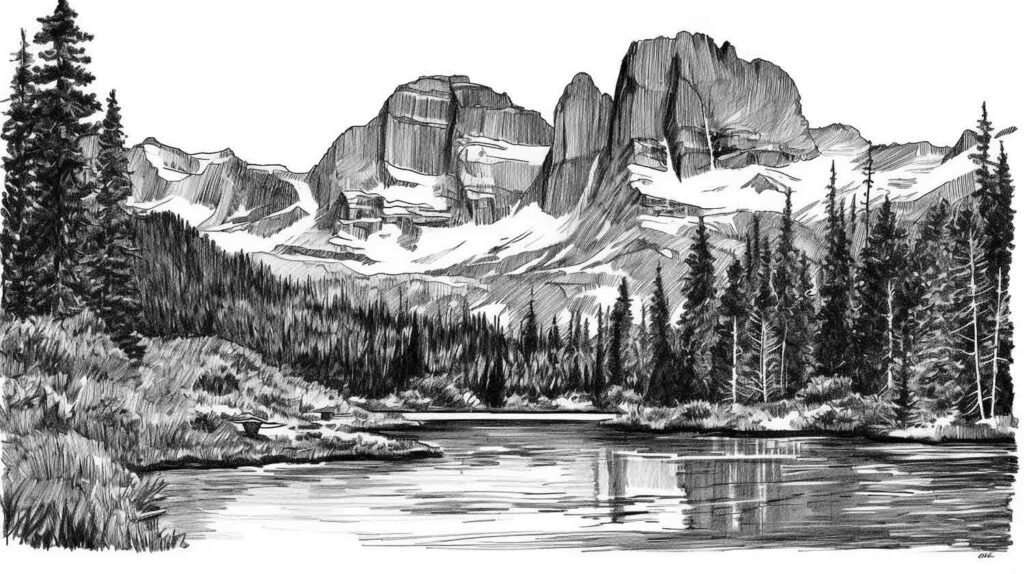
Geography of Idaho
Idaho’s mountainous terrain is perfect for hiking, camping, and skiing. The Sawtooth Mountains, located in central Idaho, offer some of the best hiking trails in the country, with stunning views of alpine lakes and jagged peaks.
In the winter, skiers and snowboarders flock to Idaho’s many ski resorts, including Sun Valley and Bogus Basin.
Top 5 geographical traits of Idaho
- Mountains: Idaho is known for its majestic mountains, including the Rocky Mountains, the Bitterroot Range, and the Sawtooth Range. Idaho’s highest peak is Borah Peak, which stands at 12,662 feet.
- Rivers: Idaho is home to numerous rivers, including the Salmon, Snake, and Clearwater rivers. The Snake River is the largest and most important river in the state, flowing through the Snake River Plain and providing irrigation water for agriculture.
- Forests: About 38% of Idaho is covered by forests, making it one of the most heavily forested states in the U.S. The largest forests are in the northern part of the state, including the Clearwater National Forest and the Nez Perce National Forest.
- Lakes: Idaho is home to over 3,000 lakes and reservoirs, including Lake Coeur d’Alene, Priest Lake, and Lake Pend Oreille. Many of these lakes are popular for fishing, boating, and other recreational activities.
- Deserts: Idaho has several desert regions, including the Owyhee Desert in the southwest and the Snake River Plain in the southeast. These areas are known for their arid landscapes and unique plant and animal species.
Geography of Utah
Utah’s diverse landscape also offers a plethora of outdoor activities. The state is home to five national parks, including Zion, Bryce Canyon, and Arches.

These parks offer visitors the chance to hike through stunning rock formations, explore narrow slot canyons, and witness breathtaking sunsets.
Utah is also home to several world-class ski resorts, including Park City and Deer Valley, which attract visitors from around the globe.
Top 5 geographical traits of Utah
- Mountains: Like Idaho, Utah is known for its rugged mountain ranges, including the Wasatch Range, the Uinta Mountains, and the Rocky Mountains. Utah’s highest peak is Kings Peak, which stands at 13,534 feet.
- Great Salt Lake: Utah is home to the Great Salt Lake, which is the largest saltwater lake in the Western Hemisphere. The lake covers an area of about 1,700 square miles and is a popular destination for boating, fishing, and other outdoor activities.
- Canyons: Utah is famous for its deep canyons and gorges, including Bryce Canyon, Zion Canyon, and the Grand Canyon. These canyons are a popular destination for hiking, camping, and sightseeing.
- Deserts: Utah has several desert regions, including the Great Basin Desert and the Mojave Desert. These areas are known for their stark landscapes and unique geological formations, such as arches, hoodoos, and natural bridges.
- National Parks: Utah is home to five national parks, including Zion National Park, Bryce Canyon National Park, and Arches National Park, Canyonlands National Park, and the lesser known Capital Reef National Park. These parks are known for their stunning natural beauty and unique rock formations, and they attract millions of visitors each year.
Climate: Contrasting the Two States
When it comes to climate, Idaho and Utah are two states that have distinct differences.
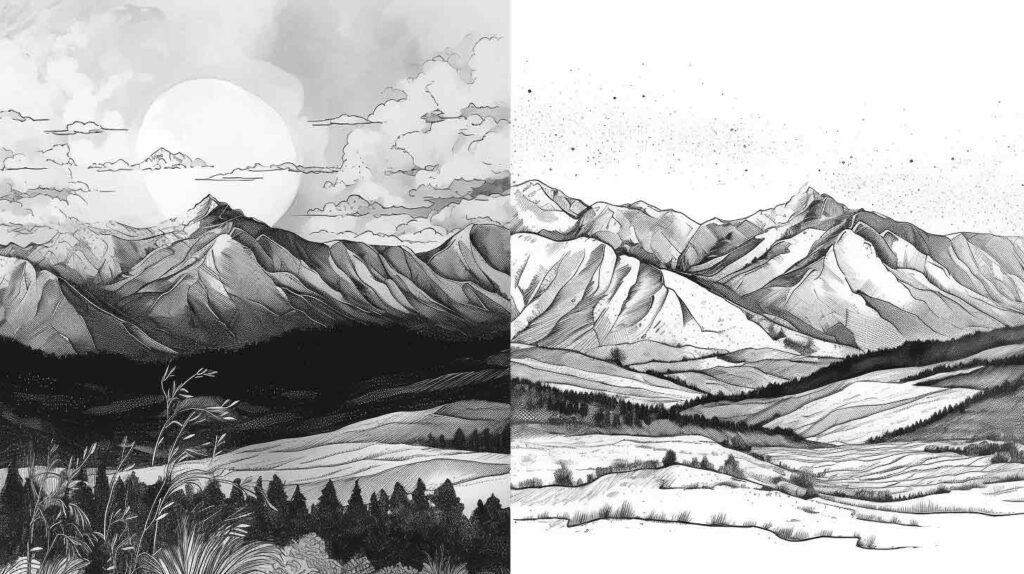
- Idaho has a semi-arid to humid continental climate. This means that the state experiences hot summers and cold winters, with temperatures ranging from the high 80s in July to the low 20s in January.
- Utah has a more arid climate. As a state that is mostly located in the desert, Utah experiences hot and dry conditions that are typical of this region. The state’s average temperature ranges from the high 90s in July to the low 30s in January.
Idaho and Utah Natural Disasters
While both states experience natural disasters such as wildfires, floods, and earthquakes, they have different risks and challenges (see below).
| State | Common Natural Disasters | Other Potential Risks |
|---|---|---|
| Utah | Earthquakes, flooding, wildfires | Landslides, windstorms, pandemics, droughts, smoke |
| Idaho | Wildfires, flooding | Earthquakes, volcanic eruption, man-made engineering disaster (Teton Dam Collapse) |
Economy: How Idaho and Utah Differ
When it comes to economics, Idaho and Utah have similarities, but there are also notable differences. Both states have a rich history in agriculture, but their approaches to economic growth and development have taken different paths.
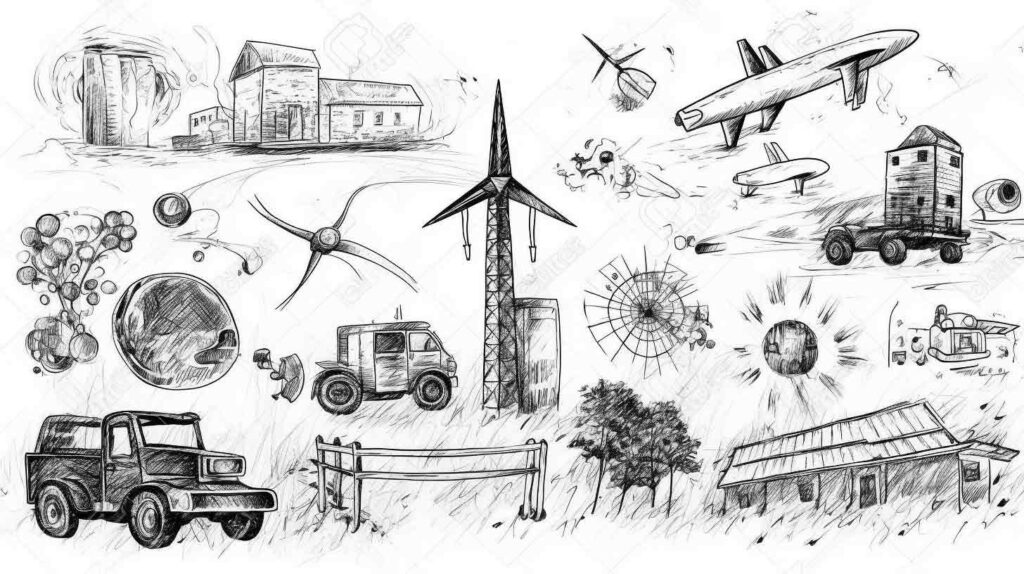
The table below gives a quick glance at the economies of Idaho and Utah.
| Economies of Idaho and Utah | Idaho | Utah |
|---|---|---|
| Population (2021 estimate) | 1,874,499 | 3,291,937 |
| GDP (2020) | $87.7 billion | $190.5 billion |
| GDP per capita (2020) | $46,904 | $57,936 |
| Unemployment rate (March 2022) | 4.4% | 2.4% |
| Top industries | Agriculture, food processing, | Information technology, finance, |
| manufacturing, tourism | education, government | |
| Major companies | Micron Technology, Simplot, | Qualtrics, Overstock.com, |
| HP Inc., Melaleuca, Inc. | Vivint, Zions Bancorporation | |
| Median household income (2019) | $63,190 | $74,028 |
| Poverty rate (2019) | 10.1% | 8.9% |
| Major universities | Boise State University, Idaho State University, University of Idaho | University of Utah, Brigham Young University, Utah State University |
Idaho Industry
Idaho has been known for its potatoes for over a century, and it continues to be one of the top potato-producing states in the country.
In addition to potatoes, Idaho’s agricultural industry includes dairy, wheat, and sugar beets.
The state’s mining industry is also a significant contributor to its economy, with silver, gold, and other minerals being extracted from the mountains.
Utah Industry
Utah, on the other hand, has a more diversified economy than Idaho.
While agriculture is still an important industry, the state has also made significant strides in the technology sector.
Salt Lake City has become a hub for tech companies, with Adobe (source), Goldman Sachs (source), and eBay (source) all having a presence in the city.
The state’s aerospace and defense industries are also major contributors to its economy, with companies like Boeing and Northrop Grumman operating in Utah.
Idaho and Utah Renewable Energy
One area where Idaho and Utah share similarities is in their commitment to renewable energy.
Both states have significant potential for wind and solar power, and have taken steps to increase their use of these resources. Idaho has invested in wind farms and hydroelectric power, while Utah has focused on solar energy and geothermal power.
History: How Idaho and Utah’s Past Differs
The history of Idaho and Utah offers another area of comparison.

Idaho History
Idaho has a rich mining history, with the discovery of gold in the mid-1800s attracting many people to the area.
The state was also home to many Native American tribes, some of which still reside there today like the Coeur d’Alene.
Idaho’s mining history began with the discovery of gold in 1860 in Pierce, Idaho. The news of this discovery spread like wildfire, and thousands of people rushed to Idaho in hopes of striking it rich.
The mining industry in Idaho boomed, and the state became one of the top producers of silver, lead, and zinc in the country.
The mining industry played a significant role in shaping Idaho’s economy and culture, and many historic mining towns, such as Wallace and Silver City, can still be visited today.
Utah History
Utah has a more unique history, being settled by members of the Church of Jesus Christ of Latter-day Saints (Mormons) in the mid-1800s.
he Mormons were led by Brigham Young, who led them across the country to escape religious persecution. They settled in the Salt Lake Valley, which was then part of Mexico, and established a community there.
Salt Lake City, in particular, is home to many historic sites related to the Mormon religion, including the famous Temple Square.
The Mormons’ arrival in Utah was not without conflict, however. The federal government, which was concerned about the growing power of the Mormon church, sent troops to Utah in the late 1850s.
The conflict between the Mormons and the federal government, known as the Utah War, was resolved peacefully, but tensions remained high between the two groups for many years. Today,
Utah is still home to a large Mormon population, and the religion continues to play a significant role in the state’s culture and politics.
Population Trends: Examining Two Neighboring States
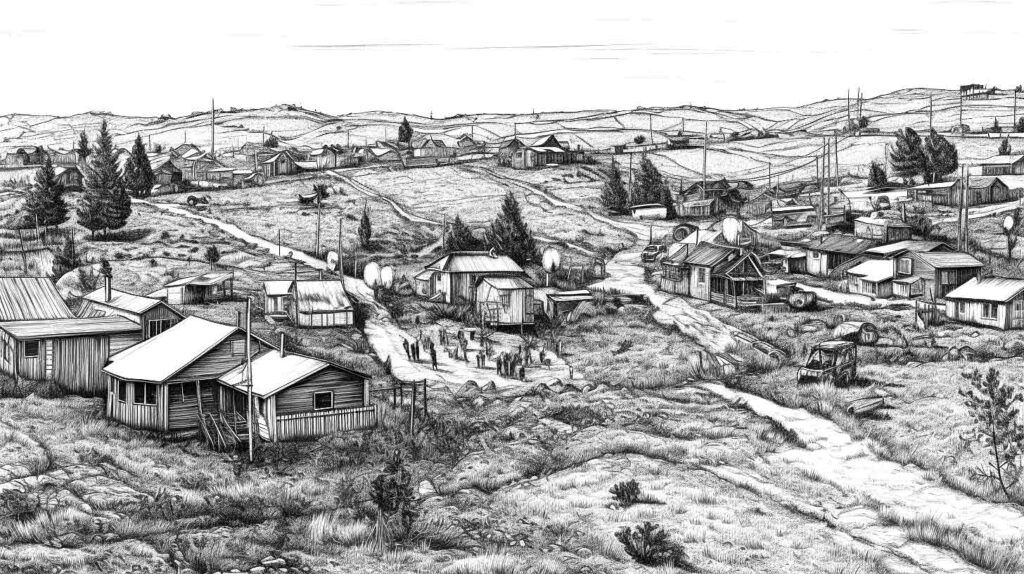
Idaho and Utah have both experienced significant population growth in recent years, with Idaho being one of the fastest-growing states in the country.
- Forbes: The U.S. States People Are Fleeing (And The Ones They Are Moving To)
- The Spokesman Review: Idaho was second-fastest growing state in the U.S. in 2022
- University of Idaho: Idaho’s Demographics Changing at Unprecedented Rates
- Krem2 News: Idaho fastest-growing state in the country for 2021
The influx of people has led to more diversity in the population, with an increase in ethnic and cultural diversity.
Idaho is known for its natural beauty, with vast forests, mountains, and lakes that attract outdoor enthusiasts from all over the world.
The state’s economy has also been thriving, with a strong job market and a low cost of living that make it an attractive destination for those seeking a high quality of life. In recent years, Idaho has become a hub for tech startups, with companies like Micron, HP, and Clearwater Analytics setting up shop in the state.
Utah, on the other hand, is known for its stunning national parks, including Zion, Bryce Canyon, and Arches.
The state’s economy is also thriving, with a strong focus on technology and finance. Salt Lake City, the state’s capital, has emerged as a hub for tech startups, with companies like Qualtrics, Domo, and Pluralsight calling the city home.
Despite its thriving economy, Utah has struggled to attract as much diversity as Idaho. The state’s Mormon population remains a dominant cultural force in the region, with more than 60% of the population identifying as members of the LDS church.
While the church has played an important role in shaping the state’s culture and values, it has also been criticized for its conservative social policies.
Idaho, on the other hand, has been more welcoming to diverse communities, with a growing number of immigrants and refugees settling in the state. This is while the state continues to maintain very conservative politics.
According to Marianne Flagg of the Idaho Statesman, “Today, 23,642 more minority residents live in Idaho than a decade ago.”
The Lewiston Tribune
The city of Boise, in particular, has emerged as a vibrant cultural center, with a thriving arts scene, a diverse culinary landscape, and a strong sense of community.
Both Idaho and Utah face challenges as they continue to grow and evolve. In Idaho, there are concerns about the impact of rapid development on the state’s natural resources and the potential for overcrowding in some areas. In Utah, there are ongoing debates about the role of the LDS church in shaping the state’s policies and culture, and about how to attract and retain a more diverse population.
Politics: Idaho vs. Utah
Idaho and Utah have different political landscapes, with Idaho being considered a more conservative state. Idaho’s state government is controlled by Republicans, and the state has voted solidly for Republican presidential candidates in recent elections.
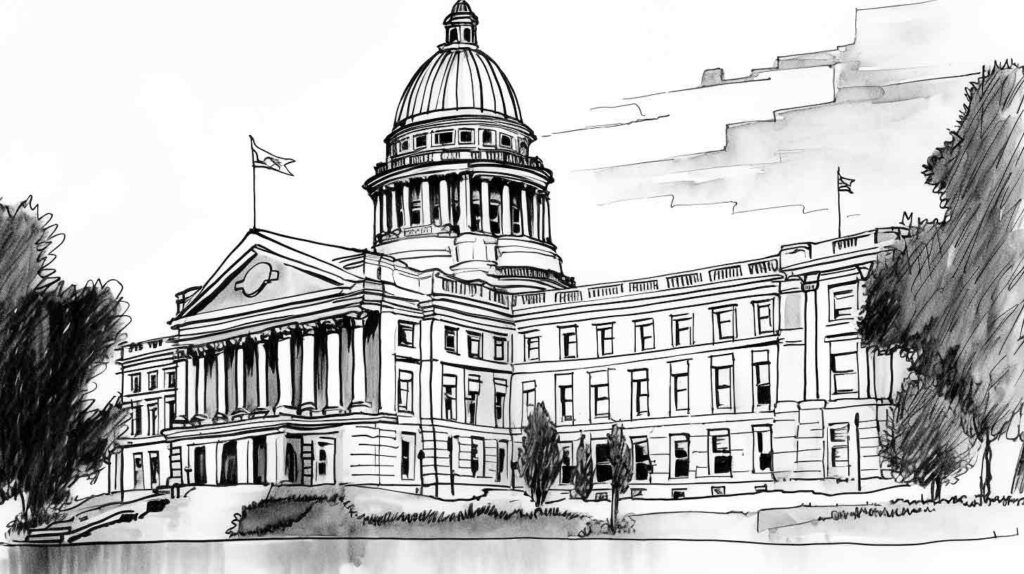
| State | Year | Republican Candidate | Democratic Candidate | Republican Vote Count | Democratic Vote Count | Total Vote Count | % Republican Votes | % Democratic Votes |
|---|---|---|---|---|---|---|---|---|
| Idaho | 2020 | Donald Trump | Joe Biden | 554,119 | 287,021 | 899,556 | 61.6% | 31.9% |
| Utah | 2020 | Donald Trump | Joe Biden | 865,140 | 560,282 | 1,537,196 | 56.3% | 36.4% |
Utah, on the other hand, has a more moderate political climate, with a mix of conservative and liberal voters. Utah has also been a Republican stronghold in the past, but some recent elections have seen Democrats make progress in the state.
Idaho and Utah Conclusion
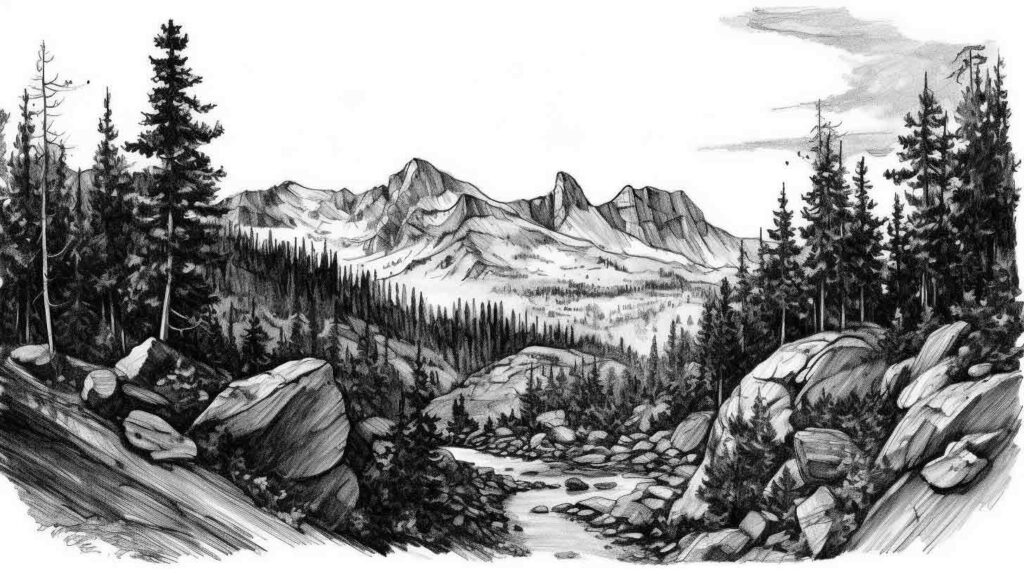
Idaho and Utah may share a border, but they have distinct differences that set them apart from each other. From geography to the economy, politics to history, and natural landscapes to climate conditions, these two neighboring states offer a diverse and unique experience for residents and visitors alike.
Whether you’re looking for adventure in the mountains or a visit to a historic site, both Idaho and Utah are worth exploring. So, pack your bags and head west – there’s plenty to discover in these fascinating states.
